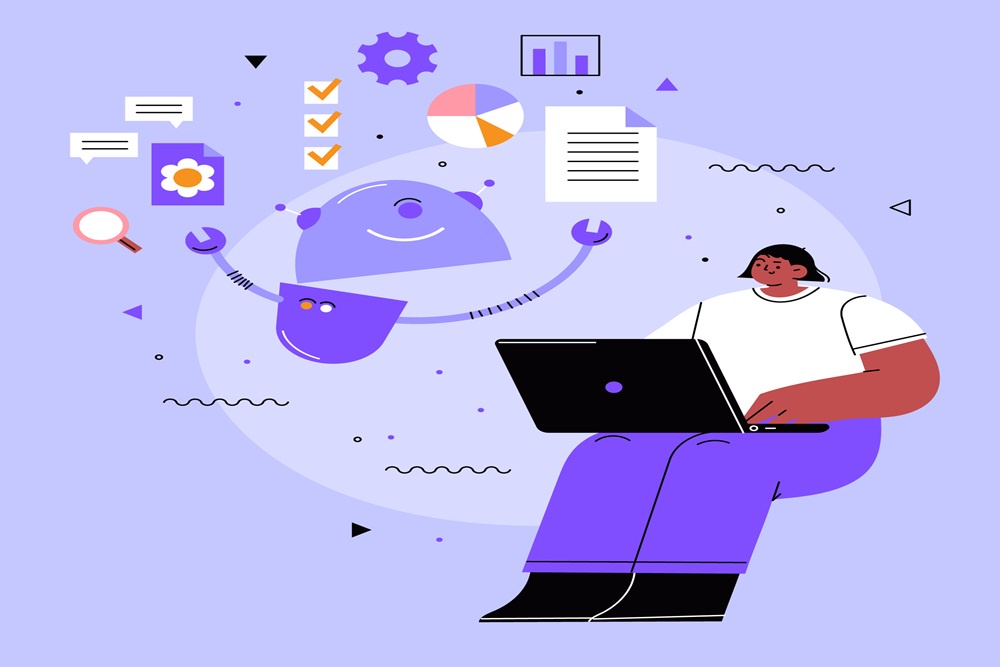Artificial intelligence (AI) has revolutionized demand forecasting, providing businesses with the tools to more accurately anticipate consumer demand. Traditional forecasting methods, which primarily relied on analyzing historical data and incorporating human intuition, often struggled to predict market trends and consumer behaviors with high precision. However, the integration of AI technologies into these processes has marked a significant evolution. AI harnesses complex algorithms and massive data sets to identify patterns that might elude human analysis.
This capability enables businesses to generate forecasts that are not only more accurate but also capable of adapting to changing conditions in real time. As a result, companies can make more informed strategic decisions, optimize inventory levels, and enhance operational efficiency. The shift towards AI-powered forecasting represents a fundamental change in how businesses approach the challenges of market dynamics and consumer preferences, setting a new standard for agility and responsiveness in various industries.
The Evolution of Demand Forecasting
Demand forecasting has undergone significant evolution from its early reliance on basic statistical models to more complex and adaptable approaches. Historically, businesses would rely on past sales data and simple trend analysis to predict future demand. However, as markets became increasingly competitive and consumer preferences more diverse, these methods proved inadequate. Businesses began seeking more sophisticated forecasting techniques that could better capture the intricacies of consumer behavior and market dynamics.
Leveraging Machine Learning Algorithms
A pivotal advancement in demand forecasting has been the integration of machine learning algorithms. These algorithms can analyze vast datasets and uncover patterns and insights that may not be immediately evident to human analysts. Through continuous learning and refinement, machine learning algorithms can enhance their accuracy over time, making them invaluable assets for businesses striving to maintain a competitive edge.
For instance, consider a retail company employing machine learning algorithms to analyze sales data across various channels. By identifying patterns in customer behavior, such as seasonal fluctuations or product preferences, these algorithms can generate more accurate demand forecasts. This enables the company to optimize inventory management, minimize stockouts, and enhance overall operational efficiency.
Harnessing Big Data Analytics
Another essential aspect of AI-driven demand forecasting is big data analytics. With the proliferation of digital technologies, businesses now have access to vast amounts of data from diverse sources, including social media, web traffic, and customer feedback. By harnessing this data and leveraging advanced analytics techniques, businesses can gain deeper insights into consumer behavior and preferences.
For example, an e-commerce platform may analyze customer browsing habits, purchase histories, and demographic information to identify trends and patterns that influence future demand. Armed with these insights, businesses can tailor their marketing strategies and product offerings to better align with customer expectations, ultimately driving sales and enhancing customer satisfaction.
Real-time Insights and Adaptive Forecasting
AI-driven demand forecasting offers businesses the advantage of real-time insights and adaptive forecasting capabilities. Unlike traditional methods that rely on static models updated periodically, AI enables businesses to incorporate real-time data into their forecasting models, allowing for more agile and responsive decision-making.
Consider a food delivery service utilizing AI-powered demand forecasting to anticipate fluctuations in demand during peak hours or special events. By dynamically adjusting staffing levels and inventory management in response to real-time data, the company can optimize operational efficiency, ensure timely delivery, and maximize customer satisfaction.
Integration with Existing Systems
Many businesses are integrating AI-driven demand forecasting solutions seamlessly into their existing systems and processes. This integration enables businesses to leverage the power of AI without disrupting their operations or requiring significant investment in new infrastructure.
For instance, a manufacturing company may integrate AI-powered demand forecasting into its supply chain management system to optimize production schedules and inventory levels. By automatically adjusting production levels based on demand forecasts, the company can minimize inventory costs, reduce stockouts, and streamline overall operations.
Future Trends and Outlook
The future of AI-driven demand forecasting is poised for significant growth as AI technologies continue to advance and become more accessible to businesses of all sizes. As AI evolves, it brings enhancements in predictive analytics and deep learning algorithms, equipping businesses with an increasingly sophisticated toolkit for making accurate forecasts. These tools are not just about predicting numbers; they can analyze consumer behavior, economic trends, and even global events to offer nuanced insights into future demand.
This capability allows companies to respond proactively rather than reactively, adjusting their strategies in anticipation of market shifts. Furthermore, the integration of AI in demand forecasting democratizes high-level analytical capabilities, making them available to smaller firms and leveling the competitive playing field. As these technologies become more refined and integrated into business operations, companies will not only improve their operational efficiency but also gain strategic advantages in rapidly changing markets.
Conclusion
In conclusion, artificial intelligence is revolutionizing demand forecasting for businesses worldwide. By leveraging machine learning algorithms, big data analytics, and real-time insights, businesses can anticipate market trends, optimize inventory management, and maintain a competitive edge in an ever-changing marketplace. As AI technology continues to evolve, the future of demand forecasting holds immense potential for businesses seeking to stay agile, responsive, and ahead of the curve.
Predict your sales volume and demand trends with our Artificial Intelligence-based SaaS platform visit: https://thousense.ai/
Source: https://diigo.com/0w69z1


No comments yet